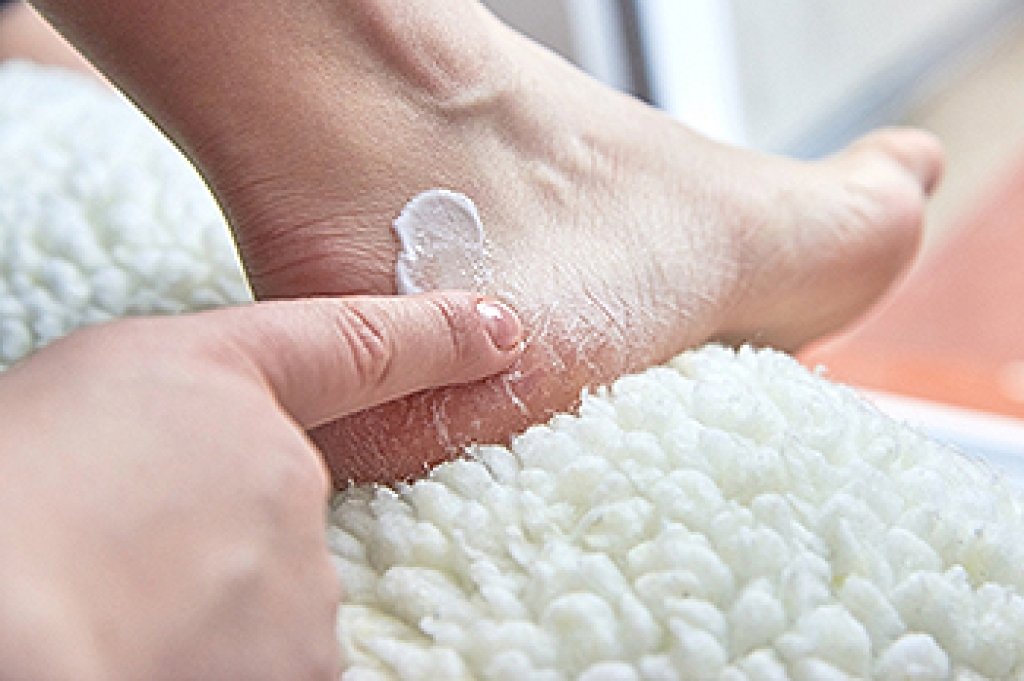 Dry, cracked heels are not only annoying to look at, but they can also be very uncomfortable or even painful. In some cases, cracks can be so deep that they bleed and are at risk of becoming infected, especially if you have diabetes or are immunocompromised. Cracked heels, also known as heel fissures, can be caused by various factors. These include lifestyle factors, such as prolonged standing, wearing unsupportive or open-back shoes, not moisturizing the feet, and taking excessively hot showers, and environmental factors, such as living in a cold and dry climate. Underlying medical conditions can also cause dry skin and heel fissures. These include eczema, psoriasis, palmoplantar keratoderma, and juvenile plantar dermatosis. If you suffer from dry, cracked heels, it is suggested that you seek the care of a chiropodist.
Dry, cracked heels are not only annoying to look at, but they can also be very uncomfortable or even painful. In some cases, cracks can be so deep that they bleed and are at risk of becoming infected, especially if you have diabetes or are immunocompromised. Cracked heels, also known as heel fissures, can be caused by various factors. These include lifestyle factors, such as prolonged standing, wearing unsupportive or open-back shoes, not moisturizing the feet, and taking excessively hot showers, and environmental factors, such as living in a cold and dry climate. Underlying medical conditions can also cause dry skin and heel fissures. These include eczema, psoriasis, palmoplantar keratoderma, and juvenile plantar dermatosis. If you suffer from dry, cracked heels, it is suggested that you seek the care of a chiropodist.
Dry, cracked heels are more than a cosmetic inconvenience. For many people, they are uncomfortable, deep, painful, and may even bleed. If you suffer from cracked heels, please consult with one of our chiropodists from West Toronto Foot & Ankle Clinic Inc. . Our chiropodist can help you maintain the health of your lower limbs and your mobility.
Causes
- Prolonged standing
- Wearing open-back shoes
- Wearing shoes that don’t cushion the heels
- Living in a cold or dry climate
- Taking long, hot showers
- Not moisturizing the heels
- Eczema
- Psoriasis
- Palmoplantar keratoderma
- Juvenile plantar dermatosis
Treatments
- Soaking the feet
- Exfoliating with a pumice stone
- Moisturizing the heels
- Wearing closed-back shoes that cushion heels
- Avoiding prolonged standing
- Taking warm, rather than hot, showers
- Treating underlying skin conditions
While milder cases of cracked heels can be treated at home, some patients present with deep, painful, bleeding heel fissures that are at risk of becoming infected and may require medical care. Additionally, patients with diabetes or any other conditions that affect the immune system should be monitored by a chiropodist.
If you have any questions please feel free to contact our office located in Toronto, ON .
 Biomechanics
Biomechanics

 Heel pain
Heel pain